For me that term "Creative" means something very different than that describe above. It means putting together a puzzle with whatever scant evidence that we might have access too. It is a complex process, and we start out knowing that we are, in fact, missing many pieces. The creativity comes in in the manner in which we approach reassembly. We have to put together all of the pieces that we do have first, then look at the size and shapes of the holes. We often have to go to the next closet thing, such as the next settlement or a previous timeframe, to see if the missing pieces can be found there. We take baby steps, one at a time, away from the source to explore the evidence and extrapolate what we can from it. Eventually we often have to take steps even further out from there - the next country, the next century, the network of trade - and very carefully see what those have to offer that might help us frame out some additional portion of our puzzle. It is an amazing journey and you absolutely have to invoke creativity to make it all mesh together, in a reasonable fashion, in the end.
And the best thing about my making this journey right now is the joy is that new evidence is found every day (with some of it even being fairly accessible without having to wait decades for a published paper), and that can mean shifts in thinking which can not only help fill in the holes but that can also be inspiring on a bigger level (possibly in a way that changes the picture on the surface of the puzzle all together).
I love this game.
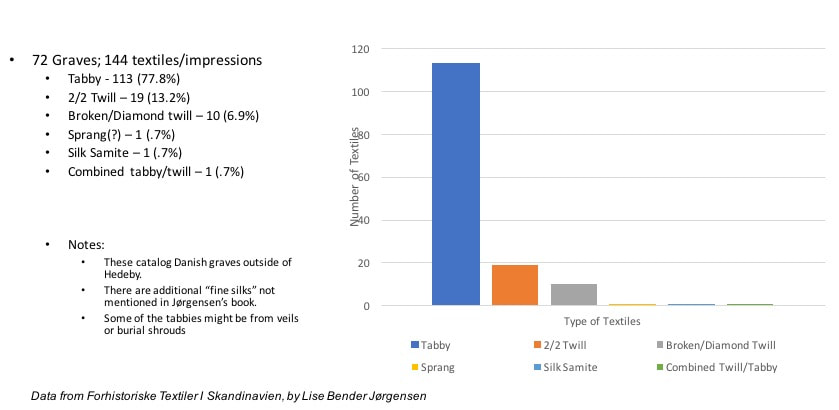
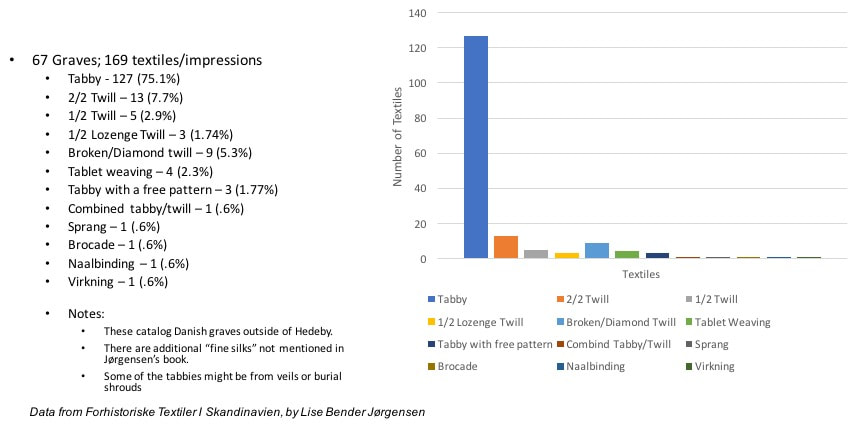
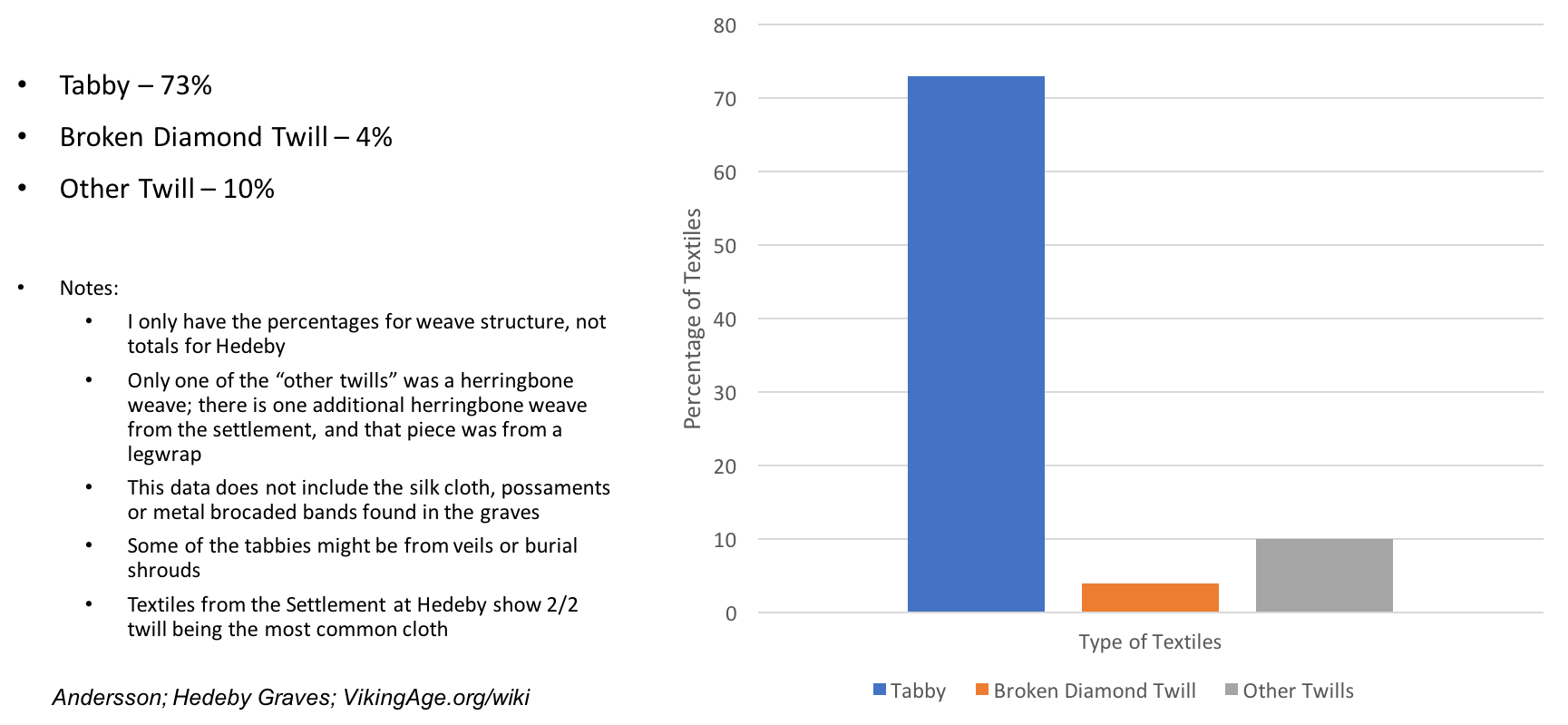
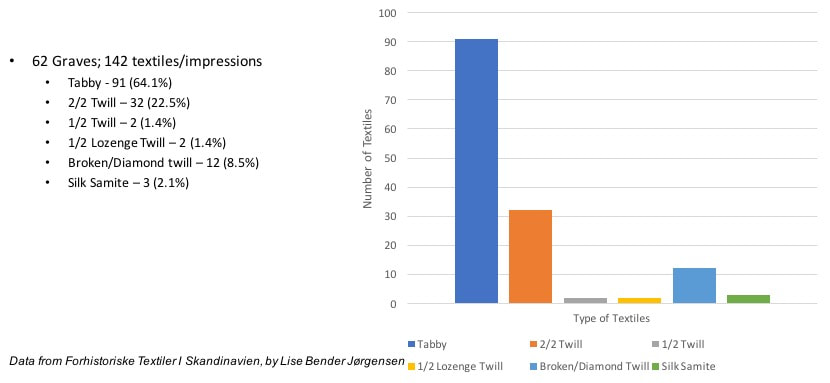
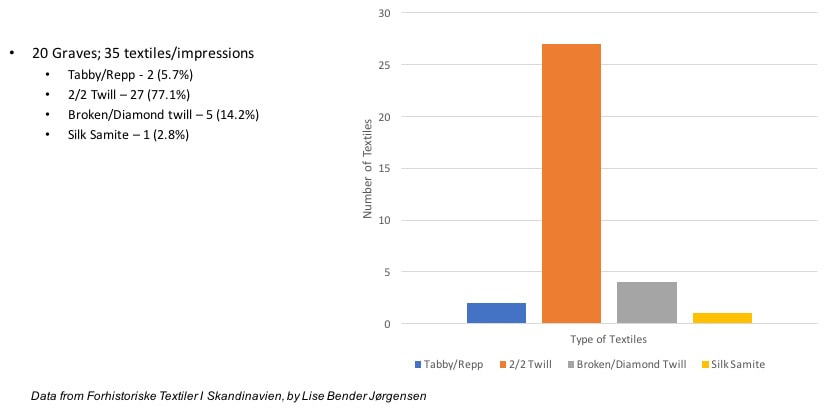
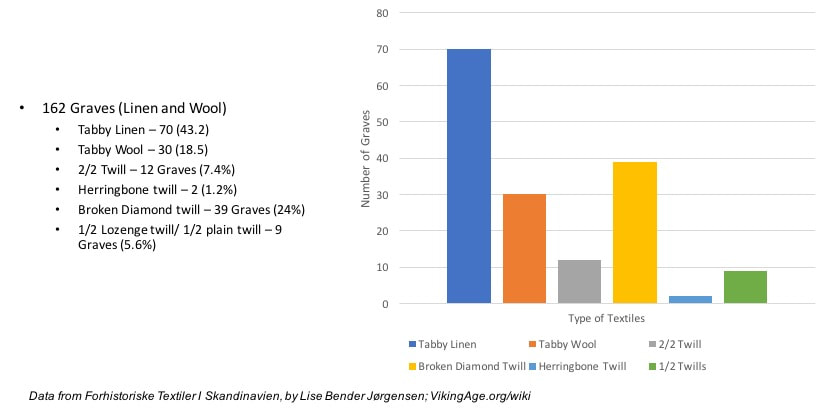
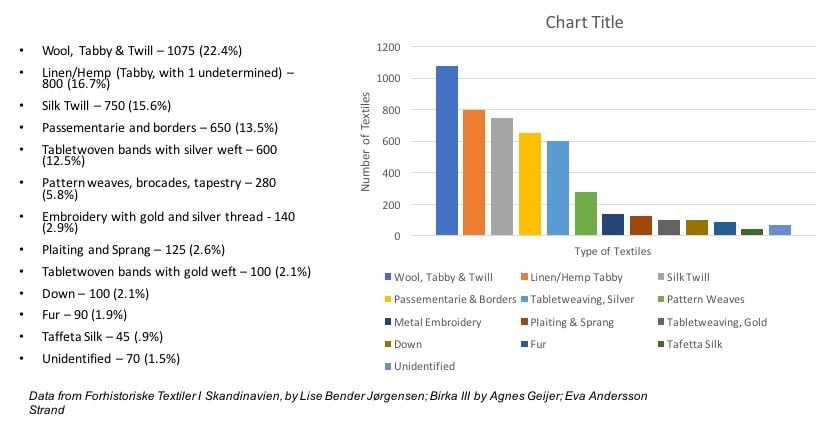
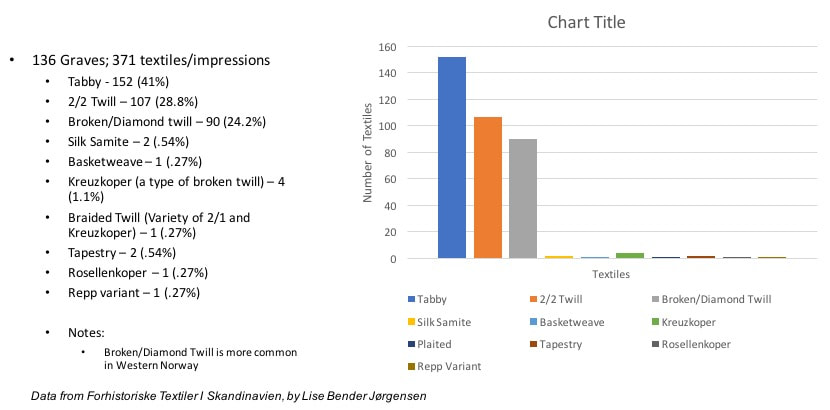
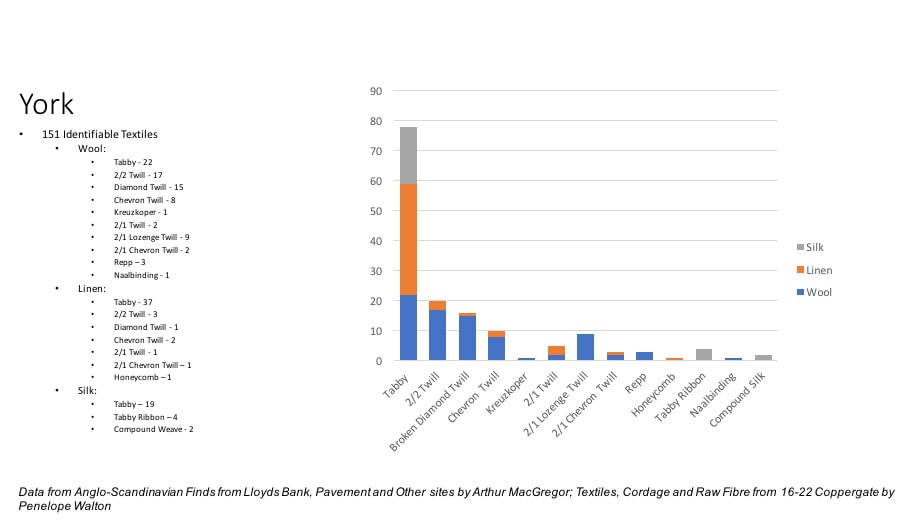
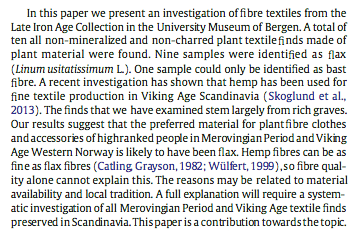
 RSS Feed
RSS Feed